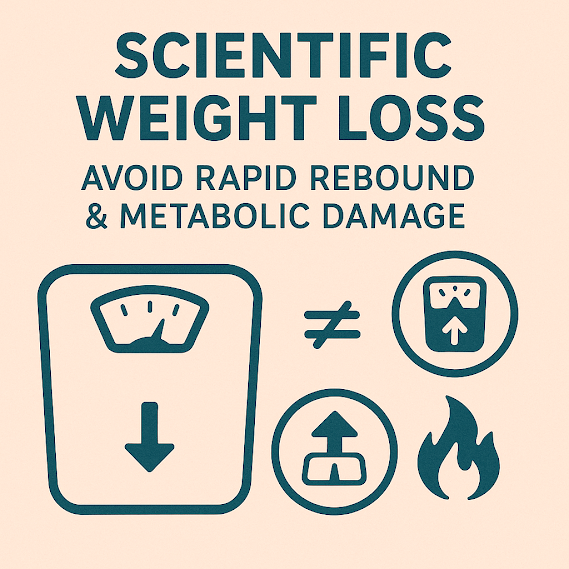The Fastest Ways to Combat "Puffy" Weight Gain
When labeled as "overweight," many argue they aren’t truly obese but simply experiencing "puffy" weight. So, what defines "puffy" versus "true" obesity? How can those with "puffy" bodies slim down effectively?
I. Differences Between "Puffy" and "True" Obesity
What is "Puffy" Obesity?
Pale or bluish complexion, fair skin, weak voice, sensitivity to cold in winter, and excessive sweating in summer.
Small appetite but rapid weight gain.
Fatigue from minor physical or mental effort.
Swollen limbs (especially calves when squatting); lower body appears bulkier than the upper.
Sedentary lifestyle with soft, flabby muscles.
Pale or diluted urine.
Frequent vivid dreams or restless sleep.
What is "True" Obesity?
Stocky, muscular build.
Rosy, healthy complexion.
Large appetite and consistent overeating.
Prone to constipation, often accompanied by hypertension or high cholesterol.
Persistent thirst and dry mouth.
II. Rapid Weight Loss Strategies for "Puffy" Bodies
Commit to Daily Exercise
Puffy bodies often lack muscle tone due to inactivity. Combine aerobic workouts (e.g., brisk walking, cycling) with strength training (e.g., squats, resistance bands) to tighten muscles and enhance body definition.Limit Fluids 2 Hours Before Bed
To reduce facial and limb swelling, avoid excessive water intake before sleep. If thirsty, sip slowly or swish water in your mouth before swallowing to optimize absorption and minimize morning puffiness.Enhance Sleep Quality
Poor sleep exacerbates conditions like kidney deficiency, fueling a cycle of fatigue and weight gain. Try evening walks, herbal teas (e.g., chamomile), or warm milk to promote deeper rest.Focus on Diuretic and Anti-Bloating Foods
Incorporate red bean-barley porridge, lotus root, and winter melon into meals. These foods flush excess fluids, combat water retention, and support sustainable weight loss.











Comments
Post a Comment